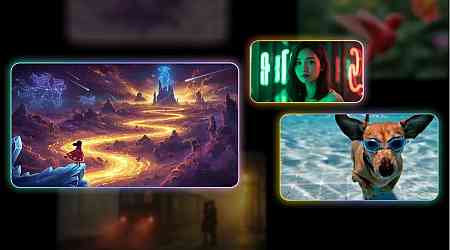The last meteor shower of 2024, the Ursids, will peak during the night of December 21 to 22, coinciding with the winter solstice in the Northern Hemisphere. This annual event is expected to display around 10 meteors per hour at its peak, based on information from EarthSky.org. Although not as prolific as the Geminids earlier in December, the Ursids can still produce vibrant fireballs visible even under moonlit conditions, offering a striking experience for skywatchers.
The Ursid meteor shower will be active from December 17 to 26, with optimal viewing anticipated before dawn on December 22. The meteors originate from the debris of Comet 8P/Tuttle, a celestial body with a diameter of approximately 5 kilometres and an orbit around the sun lasting 13.6 years. The radiant point for the Ursids lies in the constellation Ursa Minor, also referred to as the Little Dipper, which remains visible throughout the night in the Northern Hemisphere.
How to Maximise Viewing Opportunities
The waning gibbous moon, which will be 52 percent to 62 percent illuminated on the night of December 21 to 22, may hinder visibility, reaching its highest position in the sky at about 6 a.m. local time. To improve chances of spotting meteors, viewing is advised around midnight when the moon is lower on the horizon. Observers are encouraged to find locations far from artificial light to enhance the experience.
Reports indicate that meteor showers like the Ursids are best observed with the unaided eye, as equipment such as binoculars or telescopes may restrict the field of view. Stargazers should also allow their eyes to adjust to the dark for optimal results.
































